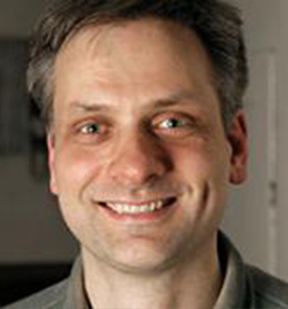
Dr. Freiwald’s laboratory aims to understand the inner workings of this system, from the level of individual cells to the interactions of brain areas, in order to answer questions such as: How does face selectivity emerge in a single cell? How is information transformed from one face patch to another? What is the contribution of each face patch to different face recognition abilities like the recognition of a friend or a smile? How do the different face patches interact in different tasks? And how is information extracted from a patch when a perceptual decision is made?
While the face processing system is used as a model system to understand general object recognition mechanisms, the system also allows fundamental computational questions to be addressed, including: Why is visual information processing organized in hierarchies? How do populations of neurons represent features? And how does activity propagate through the cortex? By studying how the face processing system is embedded in the brain, the Freiwald lab aims to connect it to social behaviors and thereby contribute to understanding disturbances of such behaviors in disease.
The Freiwald lab is also interested in how attentional control is exerted, how it interacts dynamically with the environment, and how attention interplays with sensory object representations. Vision is an active process, and attention is the key active ingredient that selects whatever is relevant for a behavioral goal and dismisses what is not. Dr. Freiwald is using fMRI to determine the entire network of areas involved in attention and identify its connections and functional properties. Using a spatial attention and motion discrimination task, the group has identified one network that includes a new cortical area not previously suspected to be involved in attention. Faces, due to their high social importance, give rise to specific attentional deployments, and the Freiwald lab aims to utilize this link to better elucidate general attention mechanisms.